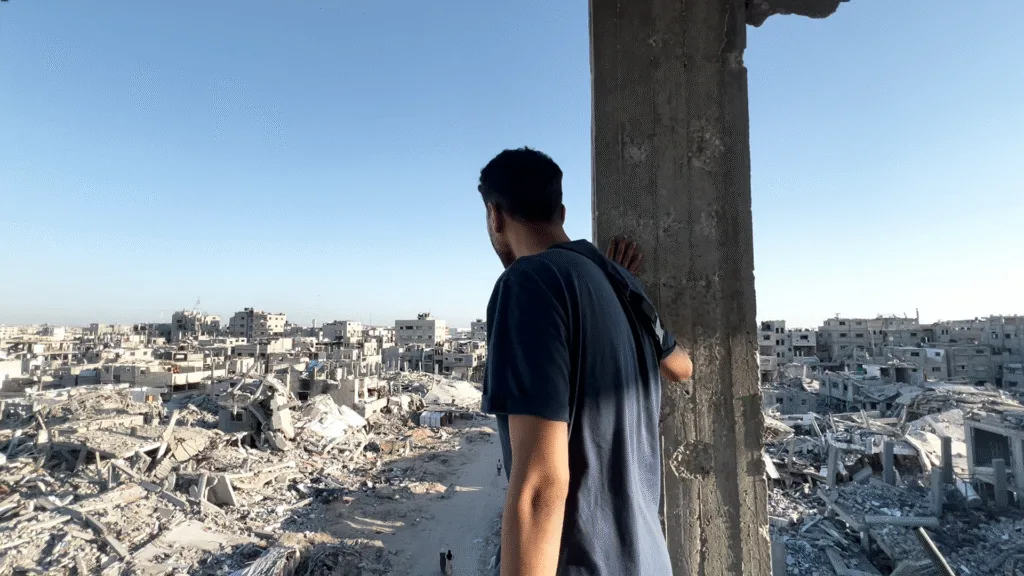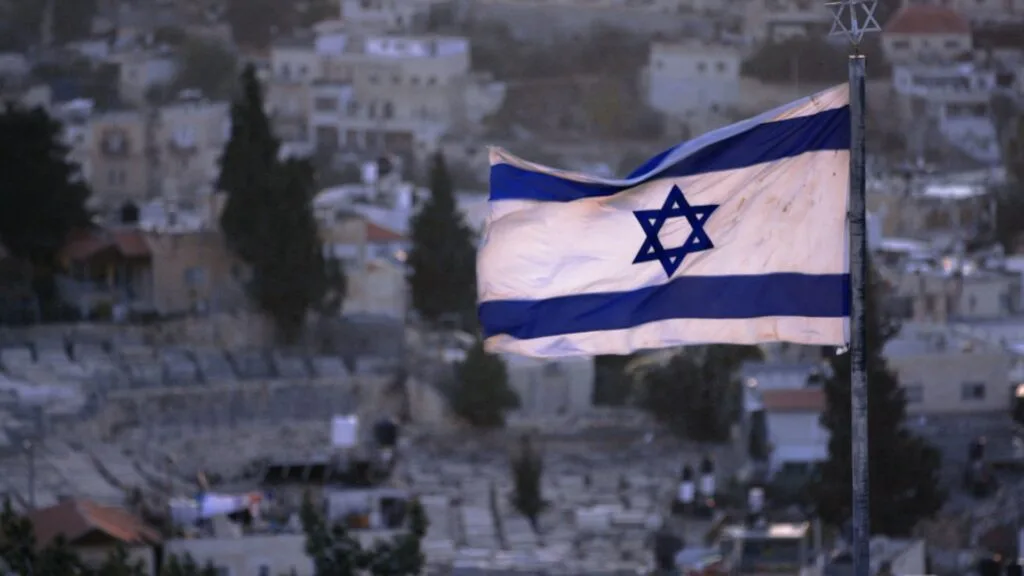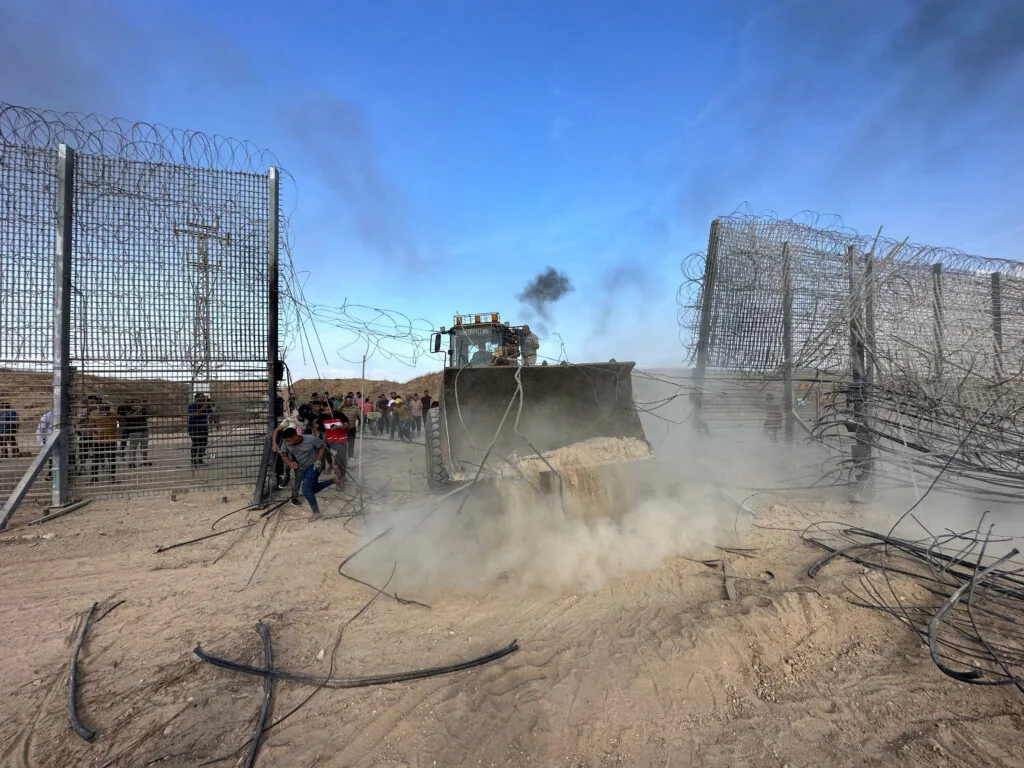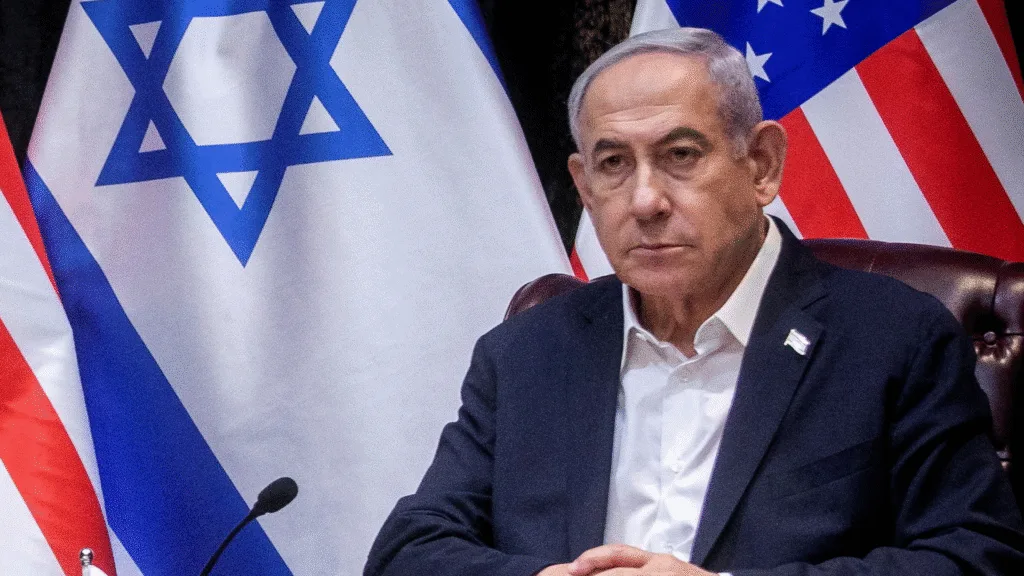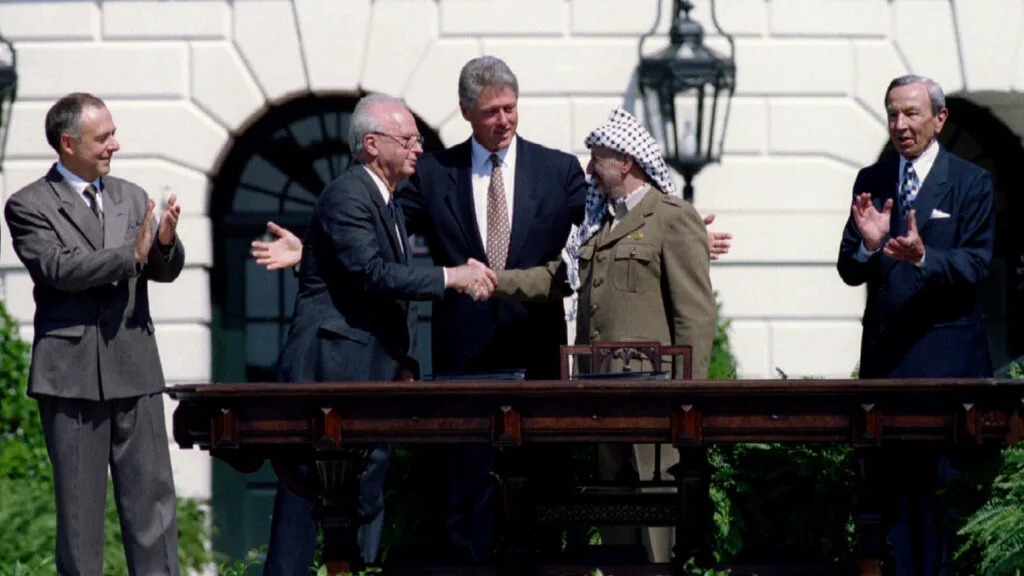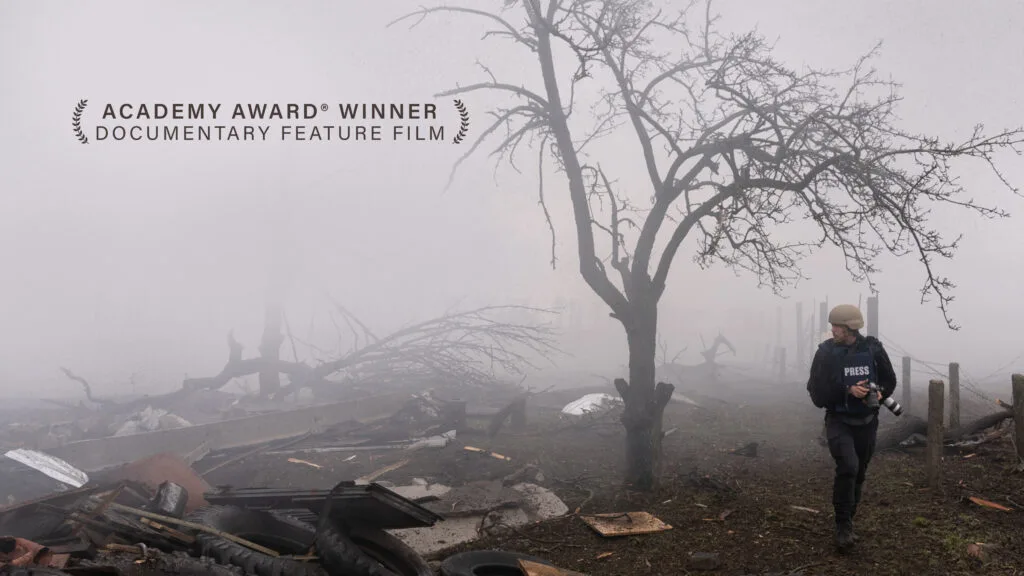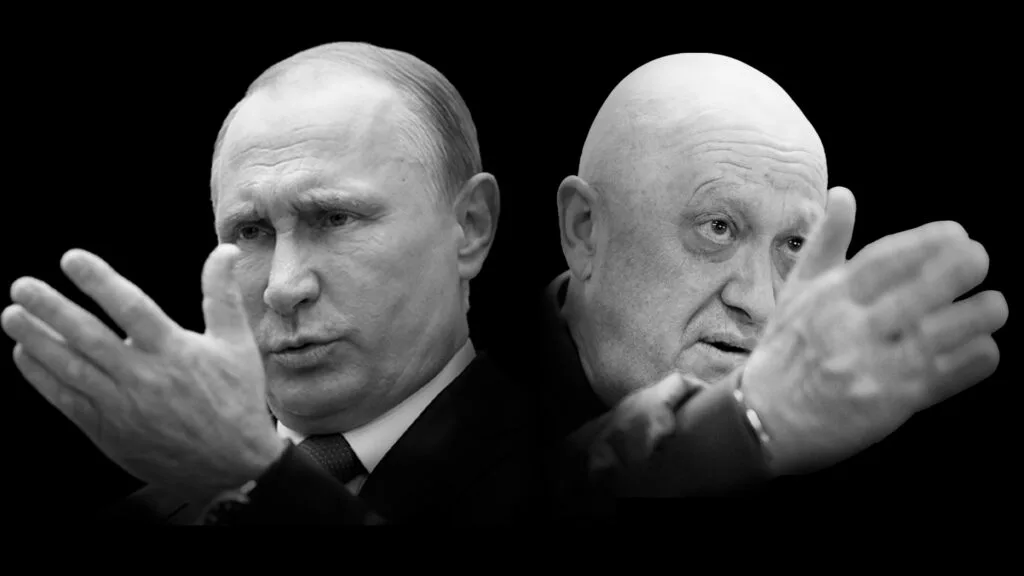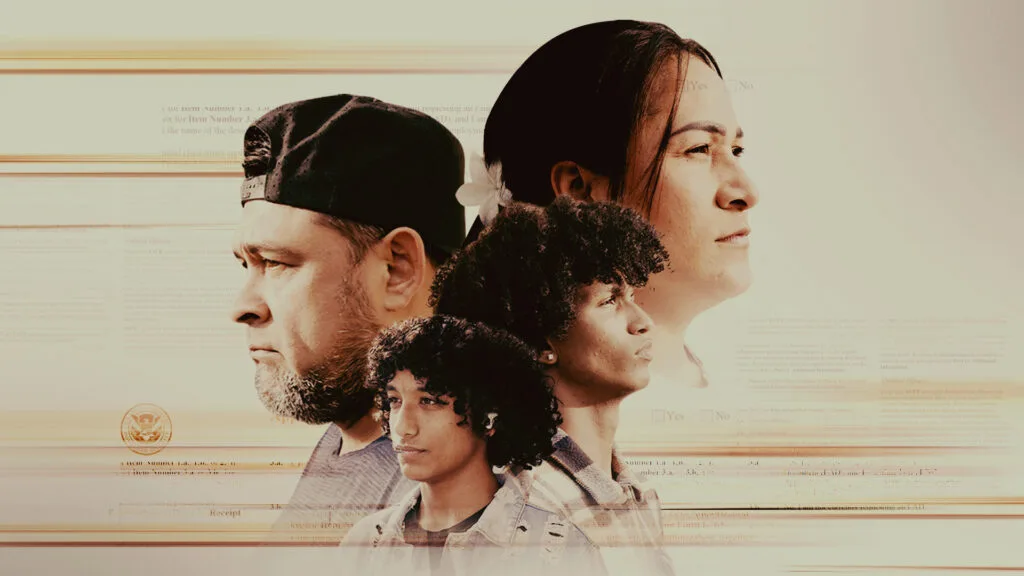“Syrian Society Is Beginning to Fall Apart”
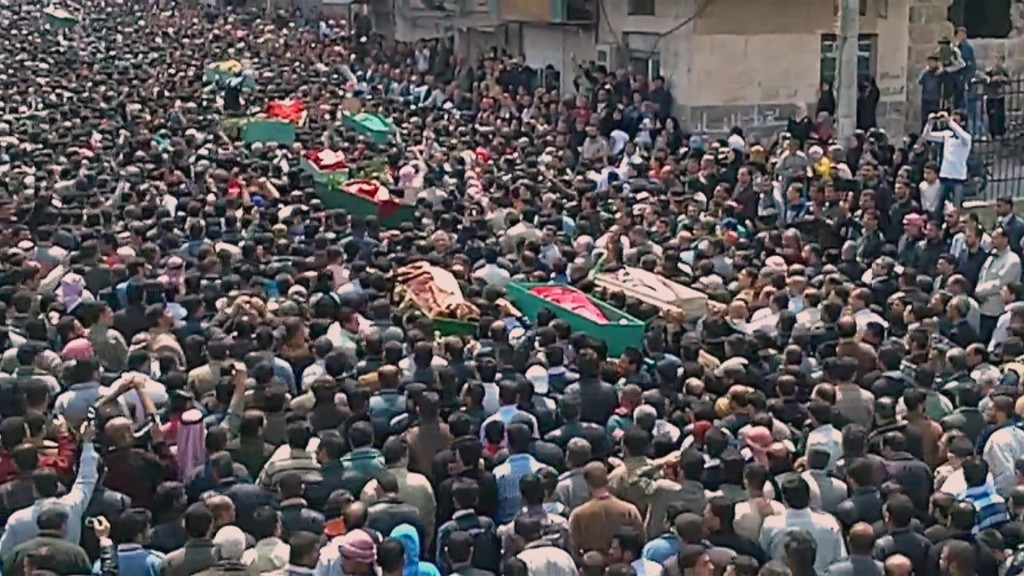
March 29, 2012
Share
Neighbors are turning on their neighbors, according to refugees who have escaped Syria’s bloody conflict for eastern Lebanon.
Though fears of civil war have been frequently reported over the past few months, these Sunni refugees described sectarian violence in western Syria that is more widespread than previously understood.
Umm Nasser, a 34-year-old Sunni woman, said that as her family tried to flee their village two weeks ago, they came under attack from residents of a neighboring Alawite village. “We know them,” she told The New York Times‘ Anne Barnard. “We used to live side by side.”
Over the past year, each side has blamed paramilitaries on the other for the increasingly brutal violence that has included beheadings, rival gang fights, retaliatory kidnappings and the destruction of property.
Some of the refugees told Barnard they had seen the Syrian Army give rifles to Alawites — the minority sect to which President Bashar al-Assad belongs — and watched as onetime neighbors fired on each other.
Syria scholar Joshua Landis told FRONTLINE that a growing cycle of tit-for-tat violence has led the regime to arm Alawite villagers. “Syrians have been trying to hide the country’s sectarianism for decades,” he said. “It takes time for people to hate their neighbors. But the sectarian realities of this brutal conflict are beginning to show themselves, and Syrian society is beginning to fall apart.”
In November, gunmen in the restive city of Homs stopped a bus filled with regime supporters and shot nine men, most of them Alawites, according to The Washington Post. The next day, the bodies of 11 Sunni workers were discovered at a factory on the city’s outskirts. And the following day, 27 bodies, most of them Alawites, were found near a cemetery in a Sunni neighborhood, according to activists.
Alawites — a minority within Islam’s Shia minority — make up between 10 to 12 percent of Syria’s population, but are disproportionately represented in the government. Along with the president and his inner circle, 70 percent of career soldiers, the majority of the military’s elite Republican Guard, and many of the shabiha, or militia gangs loyal to the regime that have been involved in the crackdown, are Alawites.
Many Alawites fear they will be massacred if the regime falls. While Sunni activists have admitted to retaliatory kidnappings in the past, they say their actions are not comparable to the level of the violence employed by the Syrian government.
But getting a clear picture of the scale and the sectarian motivations behind the violence is complicated because of how difficult it is to report from inside Syria.
As the late New York Times correspondent Anthony Shadid explained in an interview for our November film, The Regime, countries in the combustible region are bracing for a civil war, which could have dangerous consequences for minority groups — and no end in sight.
“Syria is the hub of this tinderbox in a region which is extremely unstable,” Landis told FRONTLINE at the time. “And should it fall and there be civil war, it could ignite flames of revolution and undermine regimes which are extremely important. So it’s hard to see where this ends.”
Related Documentaries
Latest Documentaries
Related Stories
Related Stories
Policies
Teacher Center
Funding for FRONTLINE is provided through the support of PBS viewers and by the Corporation for Public Broadcasting. Additional funding is provided by the Abrams Foundation; Park Foundation; the John D. and Catherine T. MacArthur Foundation; and the FRONTLINE Journalism Fund with major support from Jon and Jo Ann Hagler on behalf of the Jon L. Hagler Foundation, and additional support from Koo and Patricia Yuen. FRONTLINE is a registered trademark of WGBH Educational Foundation. Web Site Copyright ©1995-2025 WGBH Educational Foundation. PBS is a 501(c)(3) not-for-profit organization.



